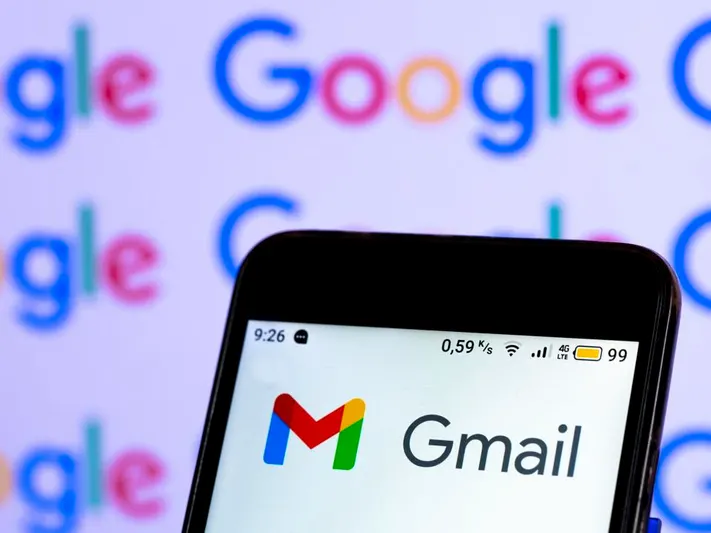In our modern digital era, email serves as a cornerstone of global communication. Platforms like Gmail and Outlook connect billions of users, offering convenience and efficiency. However, this widespread reliance has also made them prime targets for cybercriminals. A new and sophisticated malware threat has recently surfaced, specifically targeting users of these platforms, creating significant concern in the cybersecurity world.
The Evolving Cybersecurity Landscape
Over time, cyberattacks have grown increasingly complex. Basic phishing scams and spam emails have given way to intricate schemes. This latest malware uses advanced techniques to penetrate email platforms, staying hidden for long durations. Unlike conventional malware that security software can often detect, this new strain operates stealthily, posing a serious risk to both individuals and organizations.
The Malware’s Modus Operandi
This malicious software infiltrates devices through deceptive emails, compromised links, or attachments disguised as legitimate files. Here’s a closer look at how it works:
- Deceptive Emails: Cybercriminals send messages that appear to be from trusted sources, such as banks, government agencies, or reputable companies. These emails often invoke urgency to lure users into clicking on harmful links or downloading infected files.
- Infected Attachments: Once a user opens a compromised attachment, the malware embeds itself within the system, exploiting vulnerabilities in email clients or operating systems to gain access.
- Data Theft: The malware’s primary goal is to harvest sensitive information, such as login credentials, personal details, and financial data. It achieves this through techniques like keylogging and screen capturing.
- Evasion Tactics: To avoid detection, the malware modifies system files or disables security features, ensuring its persistence.
- Spread Through Contacts: Alarmingly, the malware can propagate by exploiting the user’s contact list, infecting others within their network.
The Real-World Consequences
The impact of such malware can be devastating. Imagine logging into your email to find confidential documents leaked or discovering unauthorized transactions in your financial accounts. The fallout can include:
- Financial Losses: Cybercriminals may use stolen credentials to access bank accounts or demand ransoms for sensitive data.
- Damaged Reputation: Businesses risk losing customer trust and credibility if their systems are breached.
- Operational Chaos: A malware infection can disrupt workflows, leading to productivity setbacks and costly recovery efforts.
How to Protect Yourself
Given the malware’s covert nature, prevention is critical. Follow these steps to secure your Gmail or Outlook account:
- Enable Two-Factor Authentication (2FA): Add an extra layer of protection to ensure that even if your password is stolen, unauthorized access is blocked.
- Be Wary of Suspicious Emails: Avoid clicking on links or downloading attachments from unknown senders. Always verify the source before taking action.
- Keep Your Software Updated: Regularly update your operating system, email client, and antivirus software to close security loopholes.
- Use Strong, Unique Passwords: Avoid reusing passwords across multiple platforms. Consider using a password manager to securely generate and store complex passwords.
- Stay Educated: Awareness is key. Participate in cybersecurity training and familiarize yourself with common attack techniques.
- Monitor Account Activity: Regularly review login histories to identify any unauthorized access.
- Invest in Advanced Security Tools: Use email security solutions that provide real-time malware detection and threat mitigation.

Steps to Take If You’re Infected
If you suspect your Gmail or Outlook account has been compromised, act quickly by following these steps:
- Update Your Password: Change your password immediately using a secure device.
- Scan Your Device: Run a comprehensive scan with a reliable antivirus or anti-malware program to identify and remove threats.
- Inform Relevant Parties: Notify your email provider or organization’s IT team to address the breach and take corrective measures.
- Enable Security Alerts: Activate notifications for suspicious activities and review your account recovery settings.
- Consult Experts: If the damage is severe, seek assistance from cybersecurity professionals.
Final Thoughts
The rise of this hidden malware targeting Gmail and Outlook users underscores the importance of staying vigilant in the digital age. Adopting robust security practices, remaining informed, and using advanced protection tools are essential to defending against these threats. As cybercriminals continue to innovate, it’s crucial to strengthen our defenses and take proactive measures to secure our digital lives. Remember, cybersecurity is a collective responsibility—everyone has a role to play.

